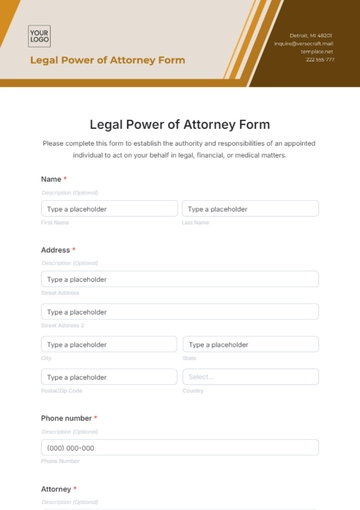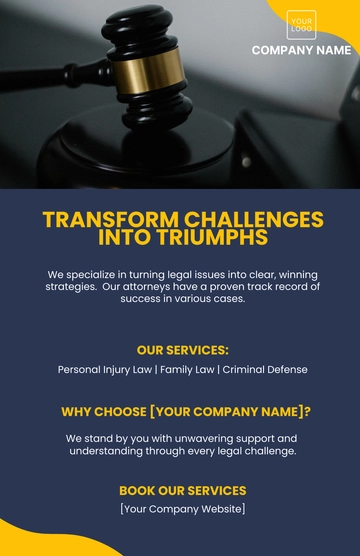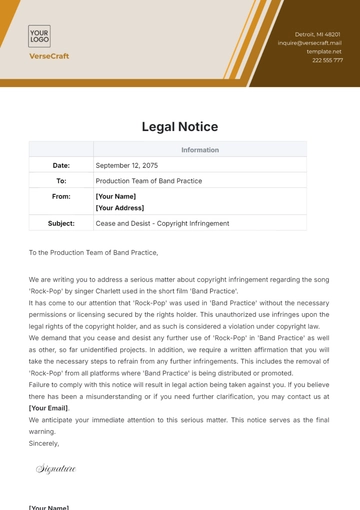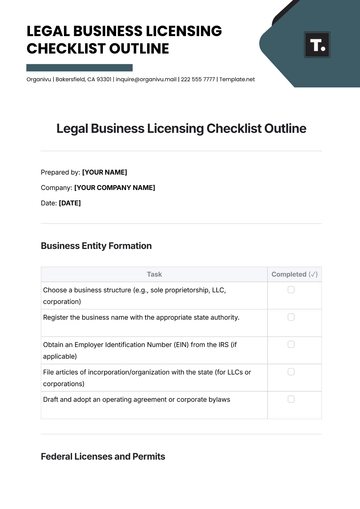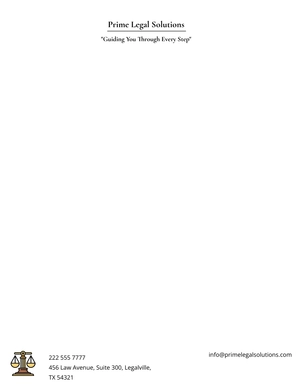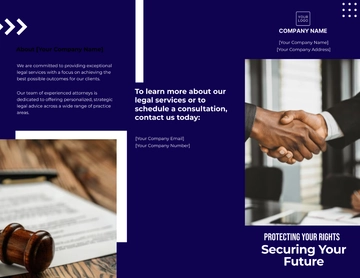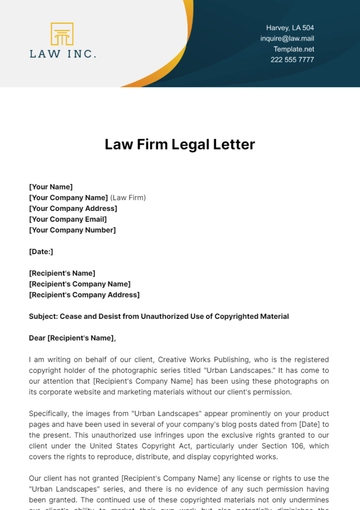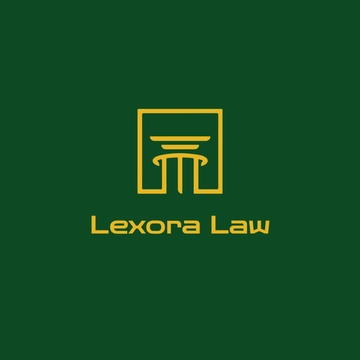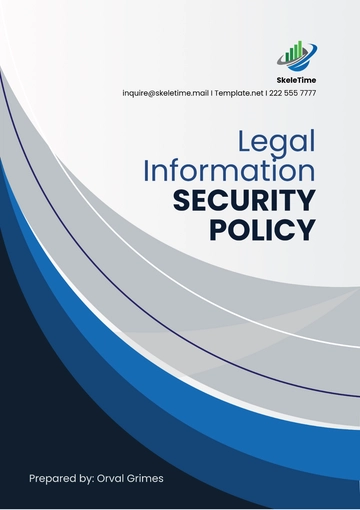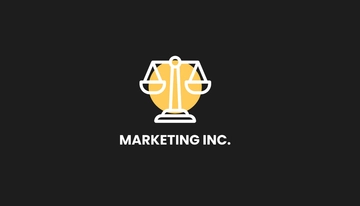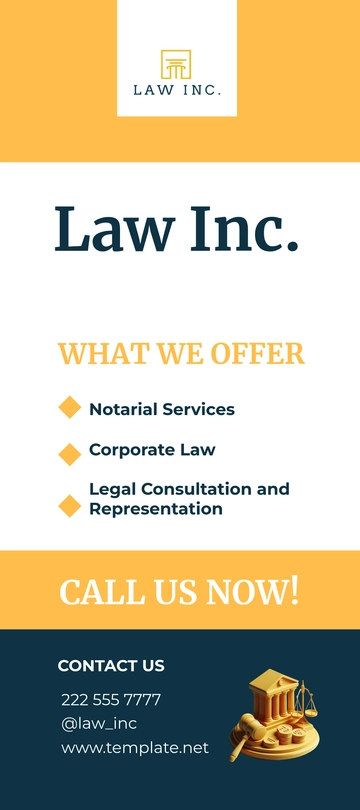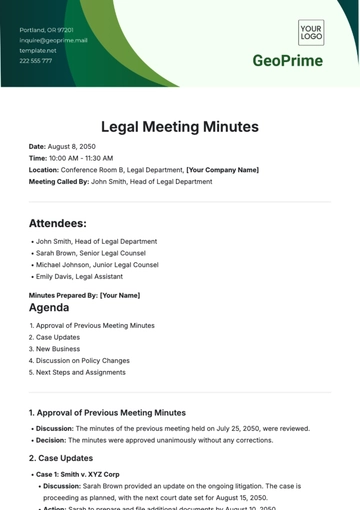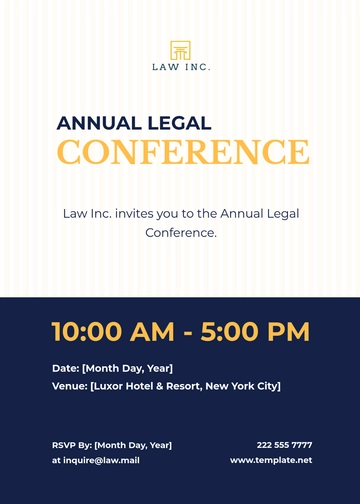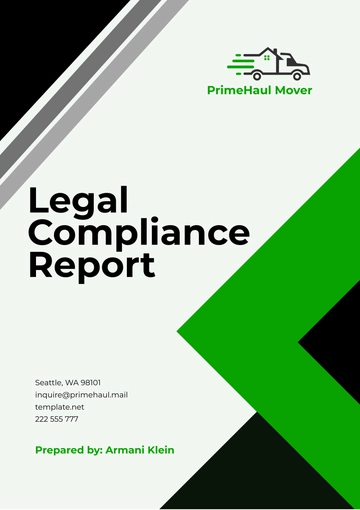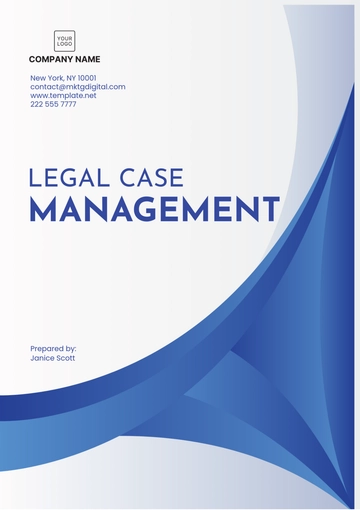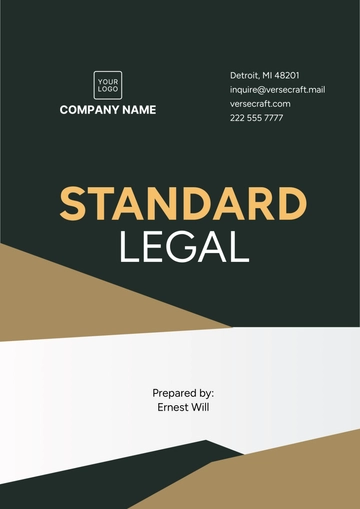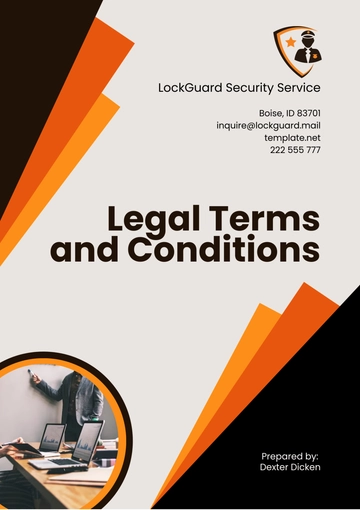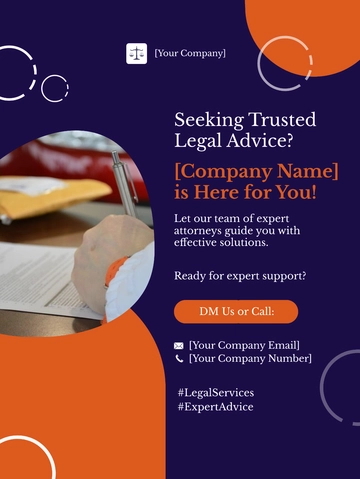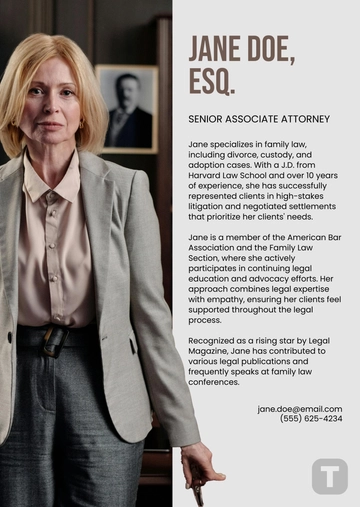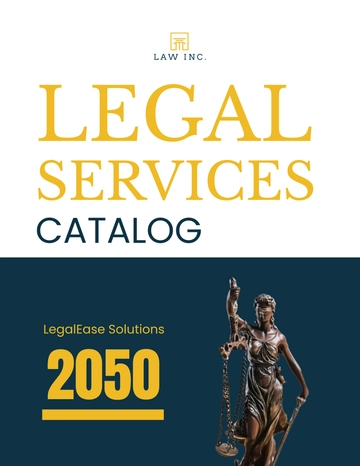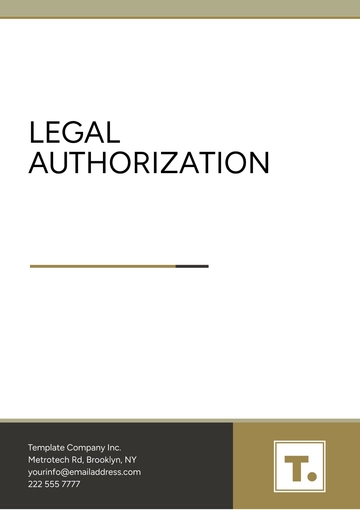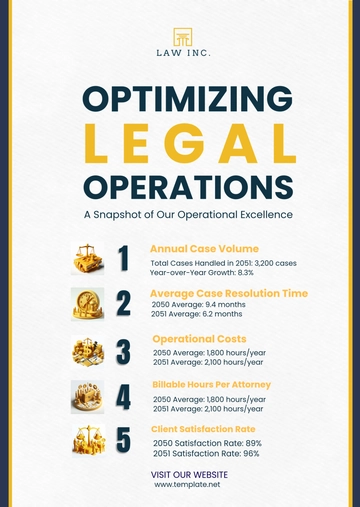Free Legal Corporate Conflict Resolution Protocol
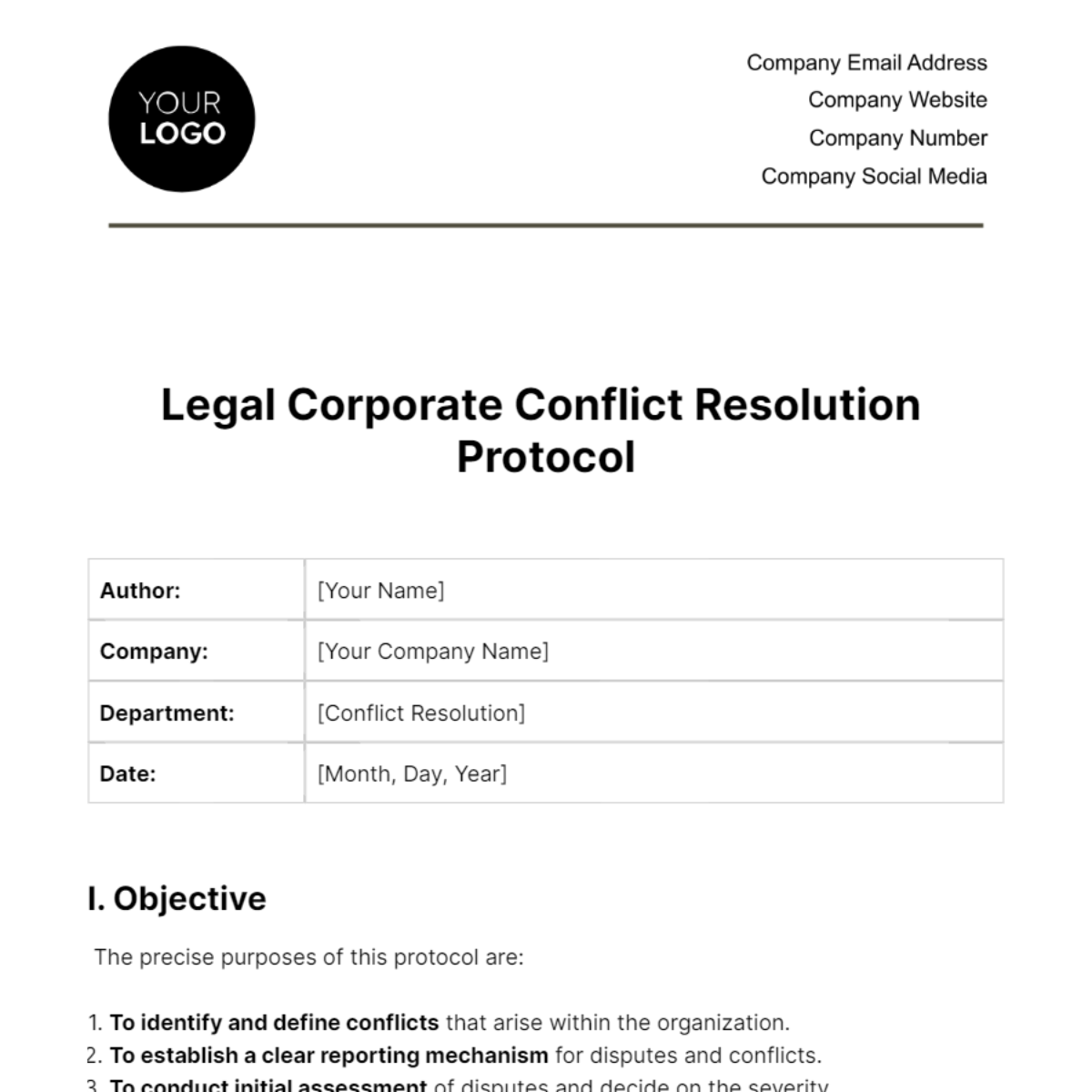
Author: | [Your Name] |
Company: | [Your Company Name] |
Department: | [Conflict Resolution] |
Date: | [Month, Day, Year] |
I. Objective
The precise purposes of this protocol are:
To identify and define conflicts that arise within the organization.
To establish a clear reporting mechanism for disputes and conflicts.
To conduct initial assessment of disputes and decide on the severity.
To structure an inclusive mediation or informal resolution process.
To detail a formal resolution process if the dispute remains unresolved.
II. Protocol Overview
The Legal Corporate Conflict Resolution Protocol provides a comprehensive blueprint for resolving conflicts in a fair, efficient, legal, and constructive manner. Whether the matter relates to internal personnel, external partners, or any other entity associated with the company, our resolution process provides an orderly way forward. We aim to ensure that all parties involved feel heard and understood, and that the resolution does not hinder the business operations or company relationships.
The procedures outlined in this protocol offer a step-by-step method of identifying, reporting, assessing, resolving, documenting, and reviewing disputes within the company. From the utilization of the initial reporting system to the follow-up activities post-resolution, this protocol acts as a succinct guide bringing conflicts to a fair, effective, and sustainable conclusion. This methodical approach enables us to maintain a harmonious company culture, productive teams, and successful business relations.
III. Materials and Equipment
This section outlines the materials and equipment required for implementing our protocols, ensuring efficiency, compliance, and safety across all operational activities.
A designated computer system with secure access
Private meeting rooms
Online reporting system software
Appropriate legal documentation and templates
Conflict resolution training resources
IV. Procedure
This section delineates the step-by-step procedures for executing tasks outlined in our protocols. It ensures clarity, consistency, and adherence to best practices, fostering operational excellence and regulatory compliance.
Step | Action |
|---|---|
| Start by recognizing and openly acknowledging the conflict. It is essential to get an understanding of the conflict's nature and the parties involved. |
| Encourage the involved parties to report the conflict using the established reporting mechanisms. This can be through designated contact personnel or an online reporting system. |
| Gather relevant information from the parties involved. This could involve informal discussions, assessments forms or reports. |
| Encourage involved parties to engage in either facilitated negotiations or discussions mediated by a neutral third party. If initial mediation proves unsuccessful, proceed to step. |
| Initiate a formal resolution process. This may involve arbitration, litigation, or other formal legal proceedings, with respect to the contractual and legal bounds. |
V. Data Collection
Data collection is crucial for transparency and accountability. The following documents are essential for thorough conflict resolution:
Documentation of the identified conflict
Reports from the involved parties
Records of the initial assessment process
Records of mediation/informal resolution process
Documentation related to formal resolution process
VI. Safety Considerations
Safety considerations are paramount in conflict resolution. Adherence to the following principles fosters a secure and respectful environment:
Prioritize privacy and confidentiality during all stages.
Minimize tensions by maintaining professionalism at all times.
Respect diversity and be mindful not to favor any parties due to personal bias.
Ensure a secure way of reporting and storing the information related to the dispute.
Ensure timely communication and clarity of steps to prevent exacerbation of the conflict.
Prevent any form of bullying or coercion in reporting or resolving conflicts.
Ensure mental wellbeing is not overlooked in the pursuit of resolution.
Comply with all legal and regulatory requirements.
Ensure that the resolution process is fair and just.
Remember that the objective of the resolution is preserving a harmonious workplace.
VII. Expected Results
Following these procedures diligently should help in effective identification and resolution of conflicts, fostering a harmonious workplace. A fair resolution can be expected, with each party having had a chance to present their case. It's expected that not only will the particular conflict be resolved, but also that root causes would have been identified and addressed to prevent recurrence. Feelings of justice and fairness should be promoted among the parties involved. More disputes should get resolved within the organization before needing an external mediator or legal intervention, ultimately saving resources. Transparency should increase and thus build trust among team members. Ultimately, the effectiveness of this protocol should be measured by improved team dynamics and reduced conflicts over time.
VIII. Conclusion
This protocol has been developed to ensure fair, efficient, and legal resolution of conflicts that may arise within the organization. The procedures are designed to be robust, yet flexible enough to accommodate the varying complexities of potential disputes. Not only does following these guidelines help to swiftly address conflicts when they occur, but it also empowers all employees to take an active role in maintaining harmony within the organization.
Employing this protocol demonstrates our commitment to ethical conduct and values. Ultimately, it is through this clear, empathetic, and effective approach that we aim to preserve and strengthen the synergy, morale, and effectiveness of our organization into the future.
- 100% Customizable, free editor
- Access 1 Million+ Templates, photo’s & graphics
- Download or share as a template
- Click and replace photos, graphics, text, backgrounds
- Resize, crop, AI write & more
- Access advanced editor
Navigate corporate disputes effectively with the Legal Corporate Conflict Resolution Protocol Template from Template.net. This editable and customizable template outlines a structured approach to resolving conflicts within a corporate setting, ensuring a professional and constructive resolution process. Designed to be editable in our Ai Editor Tool, it facilitates clear communication, fair mediation practices, and swift resolution strategies, maintaining a positive and productive work environment.
